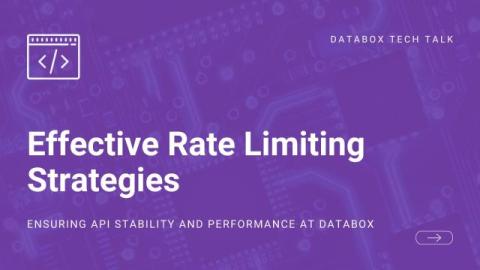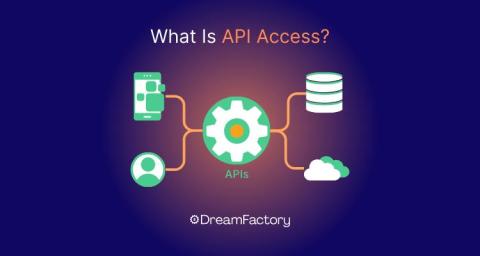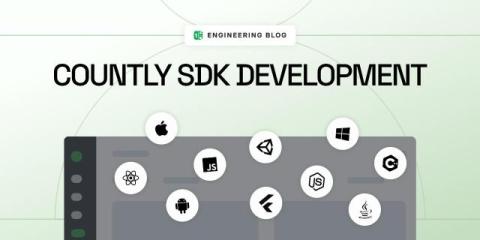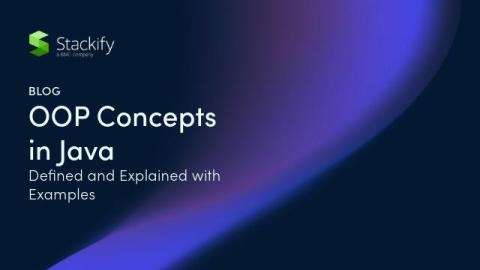Understanding Rate Limiting: Strategies and Solutions
With the advancement of technology and the interconnection of various online systems, the amount of data transferred through web servers is rapidly increasing. Web services provide mass access to data via an Application Programming Interface (API). However, the increased volume of queries also requires a certain level of protection against various intentional or unintentional abuses, including excessive request frequency.











